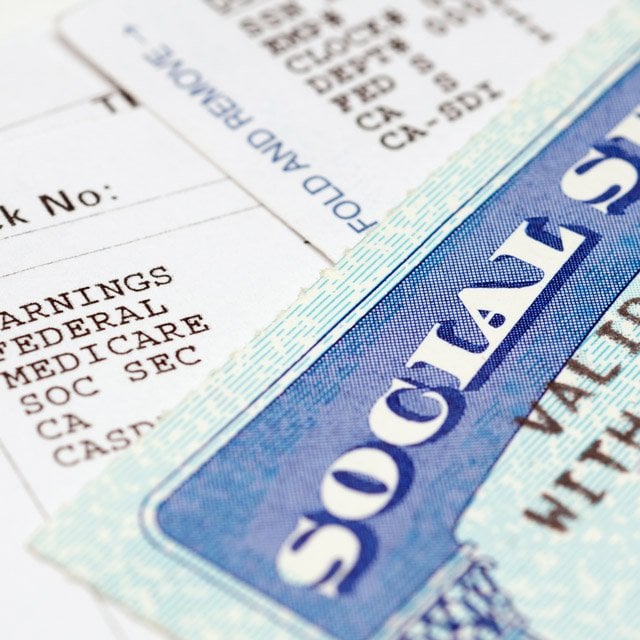More Retirees to Face Taxes on Their Social Security Benefits This Year

What You Need to Know
The sizable Social Security COLAs for 2022 and 2023 could push more people above the income level at which benefit taxes kick in.
Beneficiaries can owe taxes on up to 85% of their Social Security benefits when combined income exceeds $25,000 for single filers or $32,000 for couples.
These income thresholds aren’t adjusted for inflation, leading some advocacy groups to call for reform.
About half of older households are subject to the tax on Social Security benefits, but that number could increase rapidly in the years ahead thanks to the effects of recent cost-of-living adjustments (COLAs) and growing income from pensions, savings and other sources.
According to Mary Johnson, Social Security and Medicare policy analyst at The Senior Citizens League, this year’s near-record COLA of 8.7% is a boon to many retirees facing financial hardships in the face of rapid inflation and greater longevity. However, the raise will also likely drive many Americans over the income thresholds at which benefits begin to be taxed.
During a recent interview with ThinkAdvisor, Johnson projected that the 2024 COLA could fall well below 3%, and depending on what happens with the inflation rate through the third quarter, there is a decent chance that no COLA could be granted to beneficiaries next year.
During the interview, Johnson also took time to discuss the results of a new poll conducted by her organization, which shows that more than half (51%) of survey respondents worry they will pay more in taxes this tax season because of recent COLAs. This includes one in five who worry they may be subject to a tax on their Social Security benefits for the first time this tax season.
“The worries will continue next year due to the significant 8.7% COLA this year,” Johnson says.
A Need for Adjustments?
According to The Senior Citizens League poll, about 58% of survey participants think the income thresholds that subject Social Security benefits to taxation are long overdue for an adjustment to today’s dollars. As Johnson points out, unlike income tax brackets and standard deductions, which are adjusted annually, the Social Security income thresholds have not been adjusted for inflation since benefits first became taxable almost 40 years ago.
“This failure to adjust the income thresholds is negatively viewed by older taxpayers as a form of double taxation and even described as ‘ageist’ in the comments we receive,” Johnson says. “The number of older taxpayers who pay taxes on a portion of their benefits today is far higher today than the 10% that was originally estimated to be affected by the tax in 1984, when the tax became effective.”
Broadly speaking, Social Security recipients can owe taxes on up to 85% of their Social Security benefits when their combined income is greater than $25,000 for single filers or $32,000 for couples filing jointly. According to Johnson, had these income thresholds been adjusted annually like tax brackets, the $25,000 level today would be roughly $73,000, while the $32,000 level would be $93,200.
Johnson cites figures published by the Congressional Research Service in 2020 to demonstrate the income hit these taxes deliver to retirees. According to the CRS, benefit taxes reduce the total amount of benefits paid by 6.6%, but Johnson says that percentage could quickly climb this tax season and next year, due in large part to the unusually high COLAs in 2022 and 2023.




